
An Interview with the Emmy-Nominated Editing Team From ‘Euphoria’
Explore editing tips and tricks from the talented team behind Euphoria, one of the most popular shows still on television.
I doubt it’d be much of a stretch to call Euphoria one of the most popular—as well as most controversial—television shows of recent years. And when I say on television, it’s a rare example of a program that actually airs on TV. Granted it’s HBO, and it’s still viewed mainly by streaming. Still, many factors come together to make this show great but the Euphoria editing team certainly deserves many accolades.
Also behind the show’s huge success are its talented actors, crew, and contributors, including showrunner Sam Levinson (known for his strategic last-minute script changes and re-writes), stars Zendaya, Maude Apatow, Barbie Ferreira, and Sydney Sweeney (to name a few), as well as a killer—if not at least a little under-mentioned—team of editors who are in charge of putting all of these critical pieces together.
To better highlight the exploits of Euphoria‘s editing team, we chatted with show editors Julio C. Perez IV, ACE, Laura Zempel, Nikola Boyanov, and Aaron I. Butler, ACE, to explore their process and share insights into how to handle so much episode personality, last-minute changes—and even how to properly work with French New Wave music—in editing the heralded (and at times controversial) show.
Julio C. Perez IV: Look, I’d be lying if I said I didn’t have some sense that I was involved in something special. But I don’t take it for granted, not for a second. It’s an absolute thrill to be working on such a unique and bold show. Every single day gives us new, daunting challenges and occasions of real wonder, inspiration, and deep reward. It’s awesome, and I’m deeply grateful to be a part of this team.
It certainly helps that Sam Levinson is a profoundly brilliant and evocative writer. Also, you can have the most topical and hip show on the planet, but it won’t work on a fundamental level if you don’t have honest, tender, and crazy-courageous performances from a magnetic cast. So that starts with casting, Sam’s inspired directing, and deeply talented actors, and then we help meld and craft all those prior elements into an electric shock of emotional light beams pouring out of your TV. At least, that’s how I hope it feels, haha.
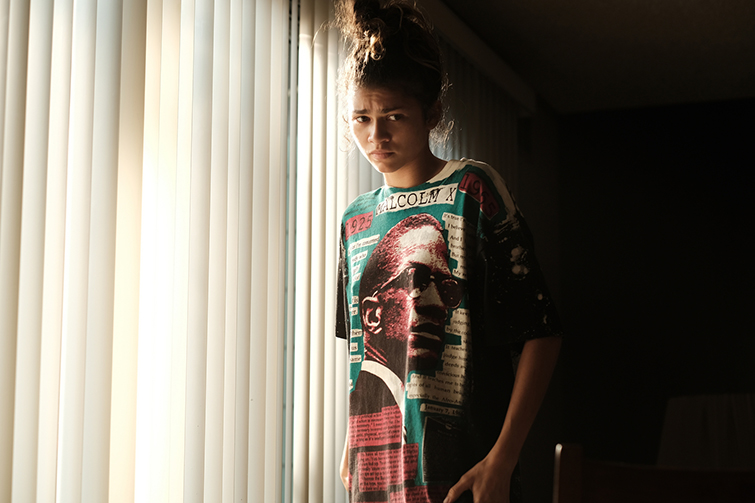
Perez IV: I like to think that we inhabit those characters’ spirits in a way similar to how the actors do it. Definitely different, but still similar. Actors originate the character’s inner light for the screen; we give it some shape and point it in specific directions to brighten the corners of the architecture (aka plot).
We have to really understand who the characters are and craft that. Does this make sense for Maddy? Nope, cut it out. Outside of the bells and whistles and style, the whole show is about loving these characters. That’s what’s most important. We turn our love of the characters into a visual and emotional experience for the audience. Understanding the characters is our compass.
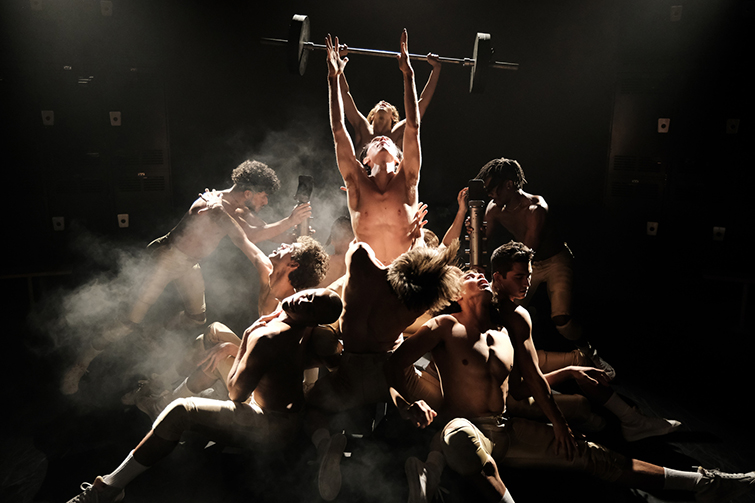
Nikola Boyanov: My favorite example of all the unique personalities of our episodes is episode 204. It has several montages that take us on a deep dive of what our characters are going through. From the opening montage of art and film recreations with Rue and Jules to the ending montage where Kat and Ethan drive in a void, and Cassie sits at her mirror surrounded by hundreds of roses. It’s like the calm before a big storm, and it feels so unsettling. I love how distinct this episode is from the rest of the season. Yet, because it continues to shape our understanding of the characters and their emotional throughlines, we as an audience continue to be invested.
Music is a major part of Euphoria‘s DNA. Labrinth’s beautiful score contains several themes that we call back to for certain characters. For example, Nate’s theme comes up often as he’s always planning something nefarious. Meanwhile, our close collaboration with music supervisor Jen Malone has helped us shape the music characters listen to in the show as a way into their emotional psyches.
As our supervising editor, Julio will watch scenes or sequences we’ve cut and give us notes from very early on. This allows us to be constantly shaping story arcs that may span several episodes with an open line of communication. It’s a highly collaborative environment, which I think plays a huge role in how cohesive the season is as a whole.
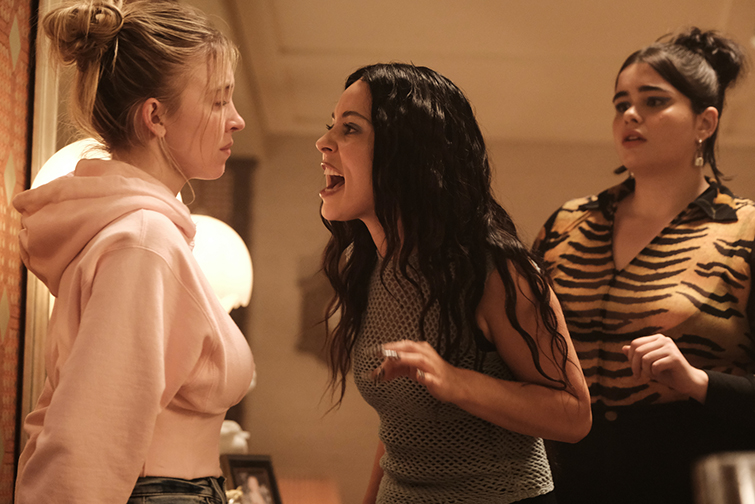
Aaron I. Butler: The most important thing is to be open to letting the story take you to new and unexpected places. There’s this idea that if the author is surprised by what pops up in the story, the audience will be surprised too. This is how Sam works on set; he’s not precious with his own scripts. He loves to experiment and improvise with the characters and visuals, and dialogue while they’re shooting.
Then we keep that openness in the edit. When watching the dailies, we can see how Sam has evolved the scene throughout the shoot, and we’re on the lookout for unanticipated and electric beats. It could be an amazing camera move that Sam and DP Marcell Rev came up with on the fly, a piece of illuminating improv, or a devastating or hilarious line reading from one of the actors.
Then we build the scene around these exceptional moments. But that’s just the first step. Sam and supervising editor Julio Perez have created a very team-oriented and collaborative way of editing on Euphoria. So we screen our scenes first with Julio and then with Sam long before they are assembled together into an episode. This allows us to see and shape how characters and storylines develop as we go, guiding the shooting and editing going forward.
So it’s an organic and dynamic way of developing characters and storylines throughout the series. No one knows exactly where we will end up until we get there, hoping that the audience will be as surprised as we are.
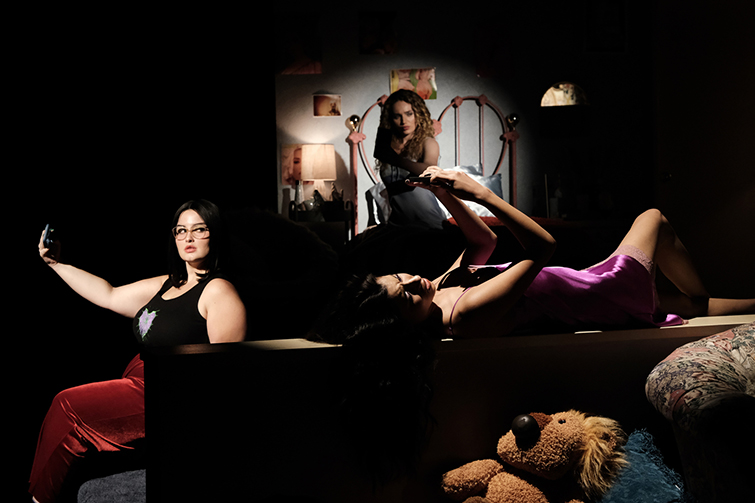
Laura Zempel: The idea of using French new wave started when we were cutting Lexi’s montage that begins with her saying, “I feel like I’ve lived most of my life in my imagination.” The unique thing about this episode is it’s the first time we have narration from a character other than Rue. We knew that to support the change of hearing Lexi’s narration, we’d have to find a way to differentiate this episode from the rest.
Because Lexi becomes the driving force behind this episode, every choice had to feel as though it was coming from her. We had to make sure the audience felt they were inside her head and in tune with her motivations and desires. Lexi is a preppy theater kid, and it made sense to us that it would be a classic older movie when she imagined her life as a movie. The cue we used was “Vivre pour Vivre” by Francis Lai, and it had such a tender sweeping cinematic feel that really fit Lexi and her earnestness.
I had a few other cues I tried when I was first assembling the scene, but we all felt very strongly that this was the best one. It worked so well that we decided to expand the idea of French New Wave and Italian scores throughout the episodes. I dug through hundreds of old scores and ended up with a playlist three and a half hours long that we would pull from.
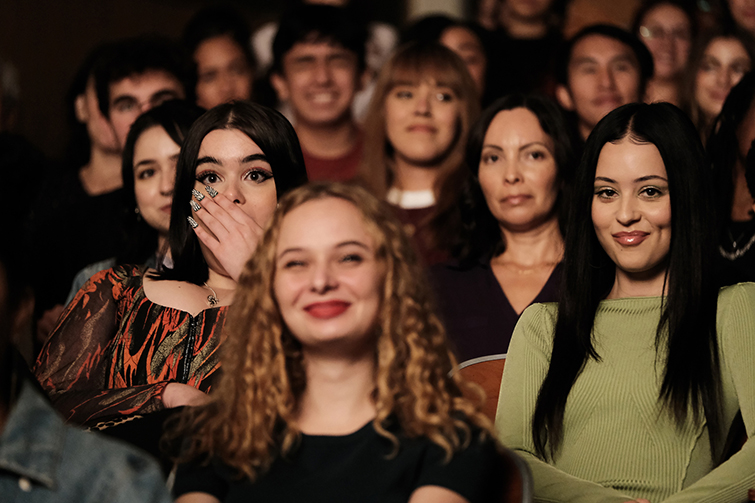
Perez IV: We have to give massive amounts of credit to our assistant editors, who organized all the audience reactions into bins we could quickly sort through and pull from. Our AE’s, Kristin Valentine, Lilly Wild, Andy Cruz, and Andrea Espinoza, are all-stars, and we’d be up a creek without their prodigious talents and dedication.
The script, naturally, was our blueprint for the primary structure, then we took to the skies and interchanged and swapped around the different scenes and set pieces. We tried a tremendous number of combinations before we cracked the code. It took patience and the preservation of an open, curious sensitivity (individually and collectively as editors) despite watching the scenes over and over and over again.
Maintaining the illusion of objectivity—and staying emotionally responsive and intellectually flexible—is a massive challenge when going through all of the wild permutations and combos and possible scenarios of the episode before it takes its final, definitive form. It’s tricky… and fun as hell.
All photographs by Eddy Chen/HBO Max
For more film and editing interviews and insights, check out some of these additional articles below.





